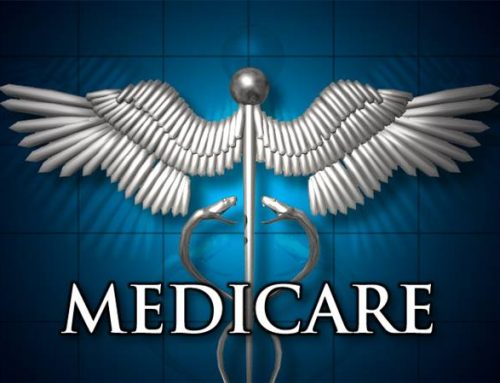| CLICK HERE and let us show how BHM’s economically maintain turn-around times and accuracy for new members. |
A new study provides more evidence that America’s ongoing opioid epidemic was fueled by doctors prescribing more painkillers than patients needed — leading to what’s now the deadliest drug overdose crisis in US history.
For the study, published in JAMA Internal Medicine, Harvard researchers looked at overdoses that resulted in an emergency room visit or hospitalization and whether the patient’s family members were previously prescribed opioids.
They found that individuals with family members who previously received opioid prescriptions were about three times as likely to report an overdose ending with a hospitalization or an ER visit, compared to those whose family members did not get opioids. And the more opioids a family member was prescribed, the higher the risk of such an overdose.
In short: When a family member received opioids, people were much more likely to overdose.
There are two dueling explanations for the opioid crisis. In one explanation, the overprescription of opioid painkillers made the drugs far more accessible to people, leading to a rapid rise in misuse, addiction, overdoses, and deaths. The other explanation emphasizes “root causes” like mental health problems, socioeconomic factors, or a general sense of despair, and suggests that prescription practices were less important, because people with these underlying issues were bound to use some type of drug no matter what.
Experts generally agree that both explanations played a role, but the question is which explanation played a bigger one. The new study strongly suggests that overprescription played a major role.
CLICK HERE and let us show how BHM’s economically maintain turn-around times and accuracy for new members.







